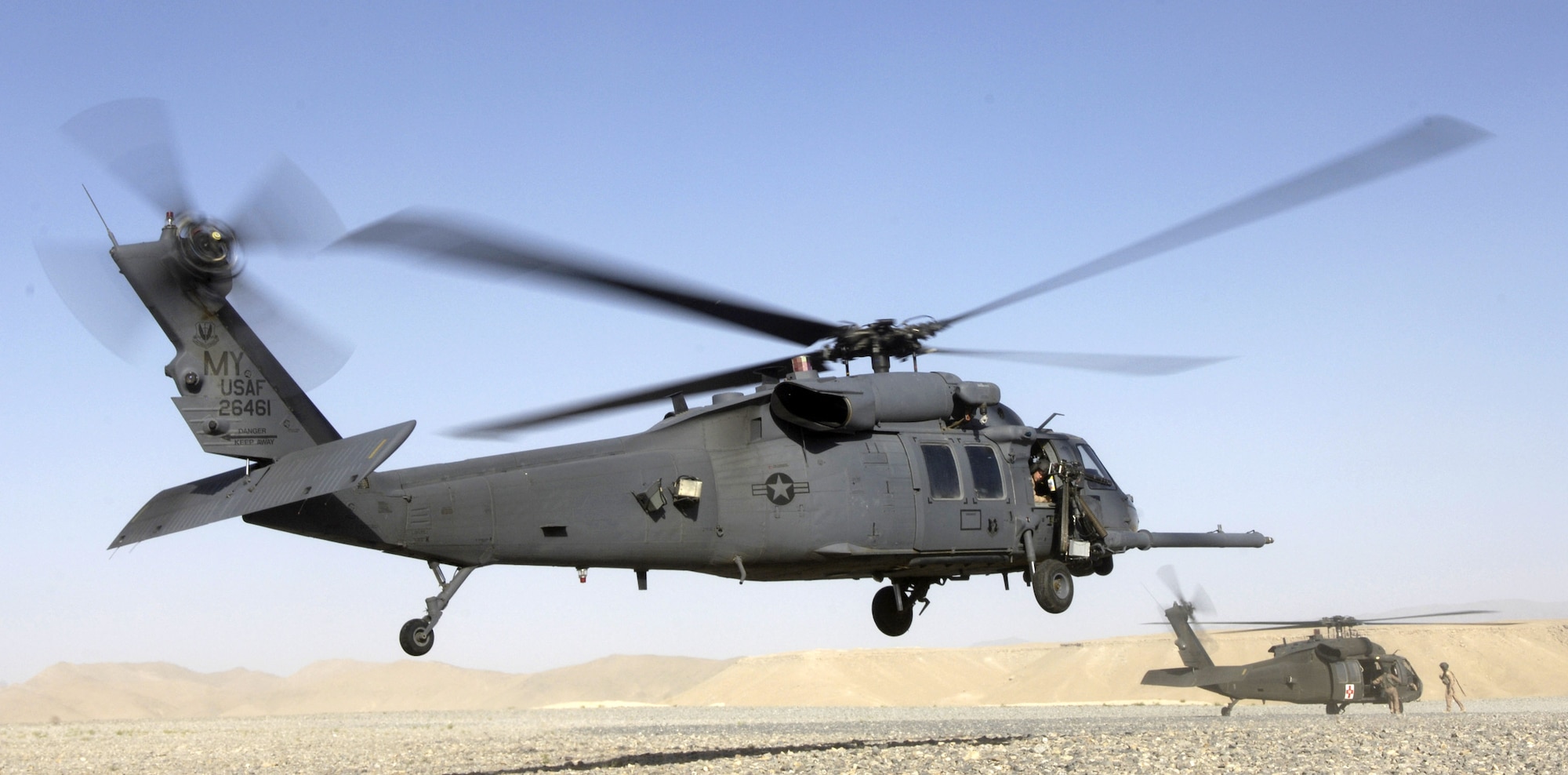A Comprehensive Guide to the Maintenance and Treatment of Airplane for Longevity
The durability of an aircraft pivots dramatically on its maintenance and treatment, necessitating a structured technique to ensure optimal efficiency and safety. Regular examinations, coupled with an organized upkeep program, offer as important elements in determining prospective problems prior to they rise. Furthermore, the condition of the aircraft's interior and adherence to governing standards play crucial duties in maintaining its worth. Yet, recognizing the details of these practices can be complicated; therefore, it is important to explore the essential elements that add to reliable airplane treatment and the implications of neglecting these obligations.
Value of Regular Upkeep
Regular maintenance is necessary for the security, efficiency, and long life of airplane. An organized strategy to upkeep guarantees that all parts work optimally, therefore minimizing the danger of mechanical failure during operation. Regular inspections and maintenance enable professionals to determine potential concerns before they escalate into significant troubles, guaranteeing that the aircraft continues to be in compliance with air travel regulations.
Moreover, keeping an airplane according to the manufacturer's guidelines is crucial for protecting its value. A well-documented maintenance history can boost resale prospects and infuse self-confidence in prospective purchasers. Additionally, regular upkeep adds to functional performance, as it aids to optimize gas consumption and performance metrics, causing set you back savings over time.
Furthermore, regular upkeep adds to the overall security of trip operations (uh 60). By resolving deterioration promptly, drivers can alleviate dangers related to aging aircraft systems. This aggressive strategy not only protects the lives of passengers and team but additionally safeguards the aircraft itself against tragic failures

Daily Inspection Checklist
How can pilots and upkeep teams guarantee the airplane is in optimum problem before each trip? The solution hinges on a detailed everyday inspection list, which acts as an essential protocol to determine potential issues that could jeopardize safety and security and efficiency. This list needs to include several crucial locations, consisting of exterior and indoor examinations, as well as useful checks of crucial systems.
Beginning with the exterior, crews must analyze the airframe for any type of visible damages, leaks, or indications of corrosion. Focus needs to be paid to control surface areas, touchdown equipment, and the problem of tires. Transferring to the inside, the staff should confirm that all instruments and controls are operational, ensuring that electronic systems are operating appropriately.

In enhancement to structural checks, it is necessary to inspect gas levels and verify that all required papers, including enrollment and weight and balance info, are up to date. A review of emergency devices, consisting of life vests and fire extinguishers, should be carried out to make sure conformity with security policies. By carefully following this everyday examination list, pilots and upkeep staffs can substantially enhance the security and reliability of their aircraft.
Arranged Upkeep Programs
Set up maintenance programs are vital for the long-term safety and efficiency of aircraft operations. These programs are developed to make certain that all aircraft elements go through routine evaluations, upkeep, and needed repairs at fixed intervals. By sticking to a structured maintenance schedule, drivers can considerably minimize the danger of in-flight failings, boost airplane integrity, and prolong the life expectancy of important components.
Generally, scheduled maintenance is categorized right into various degrees, consisting of A, D, c, and b checks, each with distinctive needs and thoroughness. A checks are typically extra regular and concentrate on basic aesthetic assessments and small repair work, while D checks are a lot more extensive and take place much less frequently, entailing comprehensive disassembly and overhaul of the airplane.
Regulatory bodies, such as the FAA and EASA, required compliance with particular upkeep timetables based upon aircraft type and usage. Operators must maintain meticulous records of all upkeep carried out to demonstrate conformity and assist in assessments. The integration of anticipating upkeep modern technologies can even more enhance the performance of scheduled programs by determining possible issues before they rise, thus ensuring that airplane stay in optimal problem and ready for secure operations.
Care for Airplane Interiors
Caring for aircraft interiors is important not just for traveler convenience yet additionally for keeping the total value and security of the airplane. Routine cleansing and upkeep of the interior parts contribute considerably to a positive flying experience while preserving the airplane's visual appeal.
To make certain optimum care, it is important to establish a routine cleansing routine that includes vacuuming carpets, wiping down surface areas, and sanitizing high-touch areas. Furniture and seats must be checked for deterioration, with any type of damages without delay addressed to avoid more degeneration. Additionally, focus should be offered to the galley and lavatory areas, which call for detailed cleansing and restocking of supplies to preserve health.
In addition, the use of proper cleaner is crucial; severe chemicals can harm materials and surfaces, so it is suggested to utilize products especially developed for airplane Discover More interiors. Regular evaluations ought to additionally be conducted to recognize any kind of maintenance requires, such as changing damaged seat covers or repairing window tones. By prioritizing the treatment of aircraft interiors, operators can enhance the general guest experience and safeguard the financial investment in their aircraft.
Comprehending Governing Conformity
Regulative compliance is a vital aspect of aircraft upkeep, frequently calling for drivers to follow a complex structure of regional, national, and global standards. This structure is largely established by aviation governing bodies such as the like it Federal Air Travel Administration (FAA) in the USA and the European Union Aeronautics Security Agency (EASA) in Europe - uh 60. These organizations set forth regulations that govern different facets of aircraft upkeep, consisting of airworthiness, safety and security protocols, and functional procedures

Moreover, drivers should stay educated regarding changes in guidelines and take part in training programs to make sure that their personnel is experienced about conformity demands. Failing to adhere to these guidelines can cause extreme charges, consisting of penalties, grounding of airplane, or loss of certification. Consequently, understanding and sticking to regulative compliance is vital for the long life and safety and security of aircraft procedures.
Conclusion
In final thought, the upkeep and treatment of airplane are vital for ensuring longevity, safety and security, and functional efficiency. Attention to the aircraft's inside and conformity with regulatory criteria considerably contribute to preserving its value.
The long life useful site of an airplane pivots considerably on its maintenance and care, demanding an organized approach to guarantee optimal efficiency and security. By diligently following this everyday evaluation checklist, pilots and upkeep staffs can considerably improve the safety and security and reliability of their aircraft.
These programs are created to make sure that all aircraft elements undergo routine examinations, maintenance, and needed repairs at established periods. By prioritizing the treatment of aircraft interiors, drivers can enhance the overall traveler experience and protect the investment in their airplane.
In conclusion, the upkeep and treatment of aircraft are paramount for making certain longevity, safety and security, and functional effectiveness.
 Andrea Barber Then & Now!
Andrea Barber Then & Now! Jenna Von Oy Then & Now!
Jenna Von Oy Then & Now! Joshua Jackson Then & Now!
Joshua Jackson Then & Now! Mackenzie Rosman Then & Now!
Mackenzie Rosman Then & Now! Kane Then & Now!
Kane Then & Now!